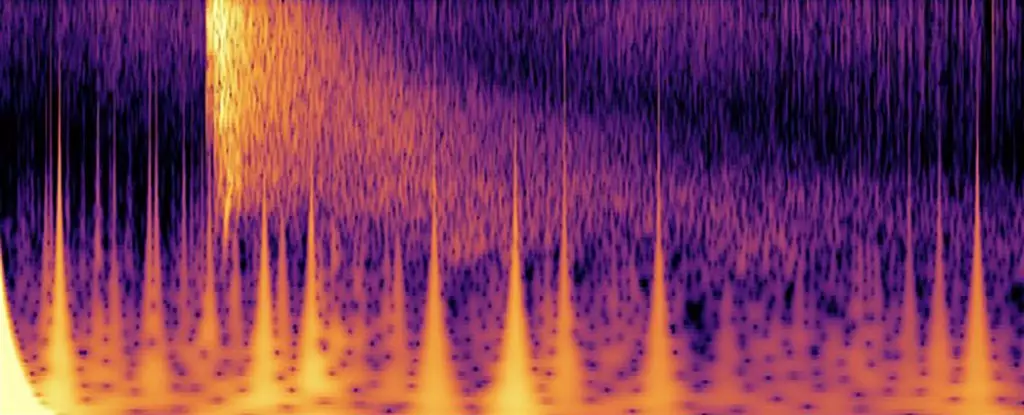In a groundbreaking discovery, a giant quake on Mars has left scientists astounded. On 4 May 2022, NASA’s InSight lander detected a seismic event of 4.7 magnitude, leading to a remarkable revelation. An international team, led by Benjamin Fernando, a planetary physicist from the University of Oxford, has concluded that this colossal quake was a result of unforeseen tectonic activity within the Martian crust. The astonishing part is that Mars was not previously believed to have tectonic plates. The alternative theory attributing the quake to a massive meteorite impact turned out to be a dead end.
According to Fernando, the absence of active plate tectonics on Mars today implies that this seismic event was likely caused by the release of stress accumulated within the planet’s crust over billions of years. The cooling and shrinking of different regions of Mars at varying rates have contributed to these tremendous internal pressures. This unexpected revelation challenges our understanding of the geologic evolution of Mars and raises intriguing questions about the planet’s structural dynamics.
During its remarkable four-year tenure on Mars, InSight meticulously monitored the planet’s interior before succumbing to its harsh environment in late 2022. Its valuable data includes the detection of numerous quakes and tremors, some of which were caused by space rocks hurtling to the Martian surface. Astonishingly, these findings have unveiled that Mars is not as dormant as previously believed, with some seismic activity linked to magmatic processes deep within the planet.
Fernando and his research team aimed to investigate the origins of the most significant quake ever recorded by InSight, codenamed S1222a. The seismic data hinted towards potential causes similar to those identified as impact events. Intrigued, the scientists initiated a massive international endeavor, enlisting the cooperation of various space agencies operating satellites orbiting Mars. By analyzing the data from these satellites, which were equipped with different instrument suites, the researchers sought to identify a large impact crater or blast zone that could have been the source of the seismic event.
In an unprecedented feat of collaboration, the satellites operated by the European Space Agency, the Chinese National Space Agency, the Indian Space Research Organisation, and the United Arab Emirates Space Agency banded together to scour the Martian surface. Their mission was to search for a fresh impact scar large enough to have generated the S1222a quake. Unfortunately, their combined efforts yielded no such evidence, prompting the researchers to conclude that tectonic movement was the most plausible explanation. This astonishing finding suggests that Mars is significantly more seismically active than previously believed.
Regrettably, InSight has ceased operations, leaving unanswered questions lingering in the minds of scientists. However, the data it has already collected will be carefully analyzed for years to come. Future missions and research focused on Mars could potentially shed further light on the mysteries unveiled by this recent discovery. The quest to comprehend the underlying reasons behind the variation in stress across different regions of the planet remains ongoing. With each breakthrough, we edge closer to unraveling the enigmatic secrets of Mars’ geological past and present. As Fernando emphasizes, these newfound revelations provide invaluable opportunities to delve deeper into understanding the planet’s complex dynamics.


Leave a Reply